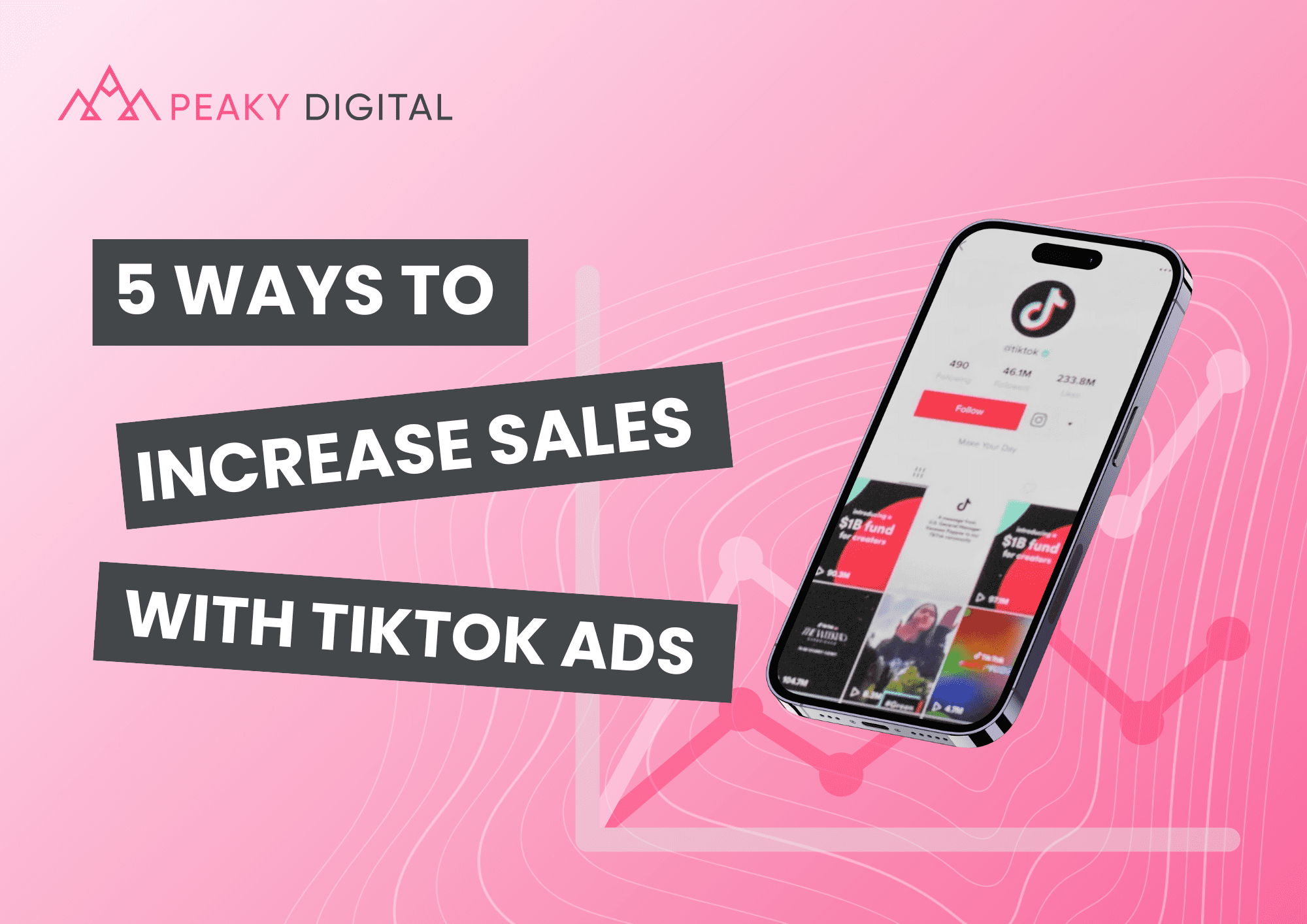
Unlocking New Audiences: Amazon Sponsored TV Ads Arrive in the UK
Jul 26, 2024
At Unboxed 2023 Amazon introduced Sponsored TV, a brand-new self-service advertising format with no minimum spend…
by Justin Prinsloo
Jul 18, 2020

Is your e-commerce website struggling to convert? There could be a number of reasons that your website is performing below average – and there could be a number of easy fixes too! See five of our top tips for improving the performance of your e-commerce website today:
Internal linking is an important part of your website. Do your pages interconnect with each other? Are pages easily reachable within a couple of clicks of each other? Improving internal linking will allow users and search engine crawlers to move around your website easily and find what they’re looking for. Create additional links with your text where possible and make sure that your most important landing pages can be reached within 1 or 2 clicks from anywhere in the website. Replacing broken links is also important, as users who meet a 404 error may get frustrated and leave your website.
If your website is still running on HTTP then your site may be flagged as not secure, and you’ll struggle to build trust with Google’s search engine or users – particularly if you’re asking them to make payment online. Make sure that you’re using a good hosting provider and that you have implemented a SSL certificate with a HTTPS domain.
Your site may be surfacing in Google search results, but are users persuaded to click through? Meta descriptions are the small lines of text visible with your website on a search engine. Making sure you have a unique and interesting meta description will give you more chance of catching a customer’s interest to visit your website.
Don’t waste the opportunity to provide engaging content that will both help persuade users and increase your keyword rankings. Product pages are the perfect place to add additional content about each item – but make sure your content is unique and not simply copied from another suppliers website. Use around 200-400 words that include your product keywords to help optimise your pages.
Alt tags are a quick and effective addition to any picture file that can go a long way in your SEO rankings! The ‘Alt Tag’ or Alternative Text, is the label you can give an image that helps Google’s search engine robots understand exactly what that picture is displaying. This will help your picture surface in relevant Google results, and also makes the image accessible to all users.
Running a site audit is the first step of planning your e-commerce strategy and identifying the areas for website improvement. Site audits include all of the factors above, alongside a number of opportunities including headings optimisation, sitemaps, title tags and more. To get support creating your SEO strategy, speak to our specialists today.
Brand awareness, business growth or a bigger and better ROI, our team of digital specialists are here to help you get the most from your brand. Let's start a new partnership today.

Jul 26, 2024
At Unboxed 2023 Amazon introduced Sponsored TV, a brand-new self-service advertising format with no minimum spend…

Jul 26, 2024
Has your eCommerce brand been struggling with a plateau in sales lately? Maybe you’ve found that…

Jul 25, 2024
Although platforms like Facebook and Instagram are staples of social media marketing, TikTok has emerged as…